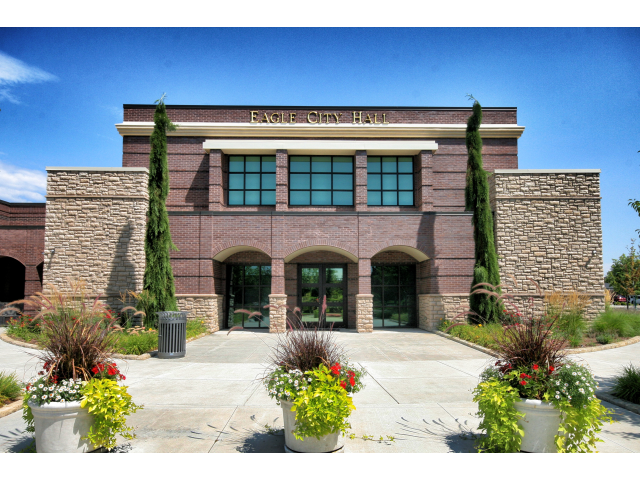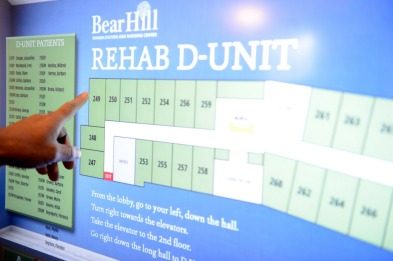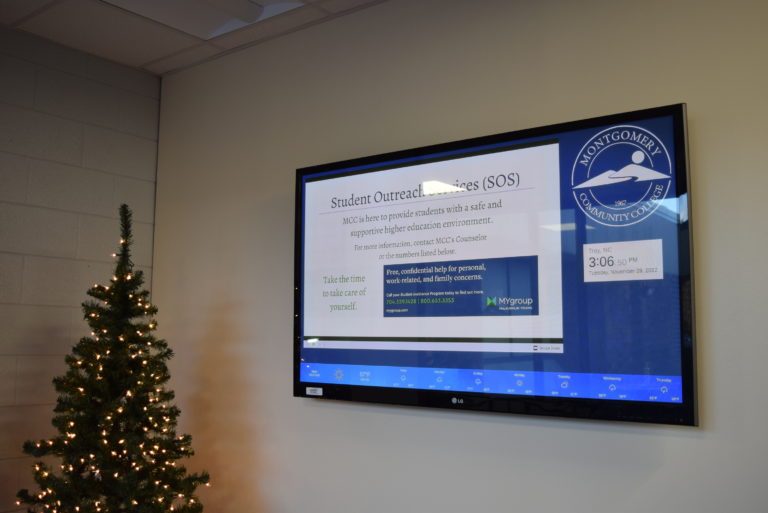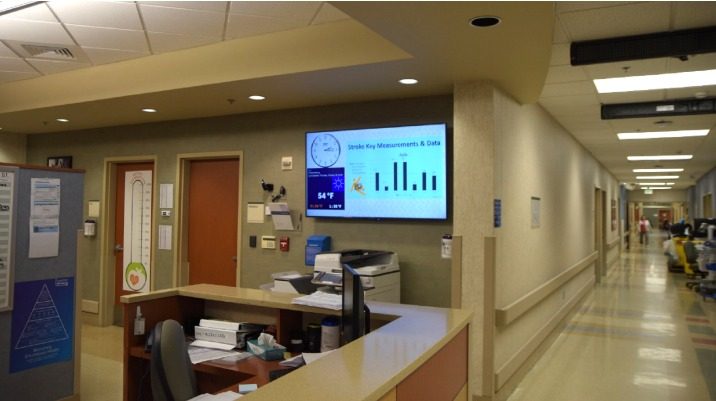
Bear Hill
Bear Hill Rehabilitation & Nursing Center, an elite long-term nursing care facility in the Greater Boston metro region, has implemented interactive digital signage in its lobby.
If you’d like to read the full case study, you can view and download it here.
To view more case studies, click here to go back to our complete list.
Introduction
Ranked by U.S. News & World Report as one of the top nursing facilities in the country, Bear Hill Rehabilitation and Nursing Center has branded itself as a community of caring individuals eager to welcome new residents and their families. Established in 1983 by the Franchi family, the facility is not chain-affiliated, affording it the opportunity to provide the highest in quality care and attention to personal detail for each and every one of its residents. While residents make Bear Hill their permanent home, they also offer comprehensive programs for those in need of subacute care, rehabilitation, or skilled nursing services on a short-term basis.
The Challenge
The administrative staff at Bear Hill realized the need to refine the center’s branding, bring modernity to the older building and centralize pertinent information. The facility did not have a traditional receptionist to guide guests through the facility or answer frequently asked questions. This tended to cause some confusion, especially for first-time visitors. In addition to that, the marketing literature present in the lobby did not stand out and was often ignored, Without a receptionist, there was no one to nudge guests to pick up the brochures and flyers and so the ROI of these materials was low.
Deployment & Usage
- A digital signage kiosk and touchscreen display
- Content management software – Xhibit Signage
- Content integrations – event listings, weather, wayfinding and photo slideshows.
- Professional services – education & training, implementation assistance.
Why It Worked
Bear Hill reported reduced wait times in the lobby as well as improved communication as a result of having several pieces of important content centralized in one location As a result of the interactive digital signage screen, visitors and residents of the facility were able to find the information they needed faster and without the assistance of a receptionist. This opened up the administrative staff to address other duties critical to their jobs. Instead of spending countless hours and resources on paper flyers and brochures, the staff could instead post digital messages effortlessly whenever they needed it. The digital map, directories, and staff listings also centralized several pieces of important content, rather than having it split it across several mediums and physical locations. This helped to streamline the communication process.


